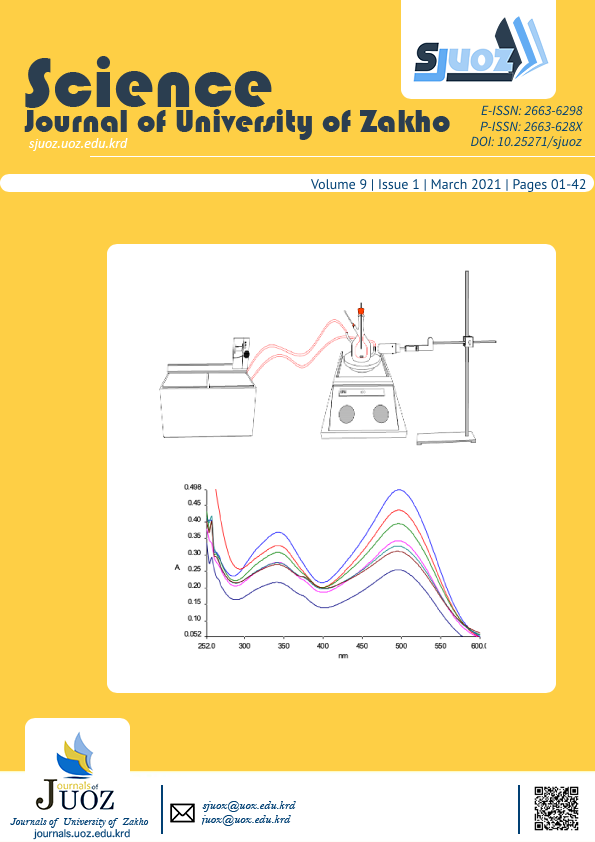Solving Time-Fractional Diffusion Equation: A Finite-Element Approach
Abstract
The numerical solution for a time-fractional diffusion equation supplemented with initial and boundary conditions is considered. The scheme is based on the Galerkin finite element method. The uniform space discretization is applied to study the stability of the solution of the problem within our approach. An analytically solvable example is presented to make a comparison between the exact solution and our numerical solution. By presenting the absolute error with different step-sizes and different values for time-fractional derivative, reliability and efficiency of our proposed numerical method is manifested.
Full text article
Authors
Copyright (c) 2021 Hussein J. Zekri

This work is licensed under a Creative Commons Attribution 4.0 International License.
Authors who publish with this journal agree to the following terms:
- Authors retain copyright and grant the journal right of first publication with the work simultaneously licensed under a Creative Commons Attribution License [CC BY-NC-SA 4.0] that allows others to share the work with an acknowledgment of the work's authorship and initial publication in this journal.
- Authors are able to enter into separate, additional contractual arrangements for the non-exclusive distribution of the journal's published version of the work, with an acknowledgment of its initial publication in this journal.
- Authors are permitted and encouraged to post their work online.
